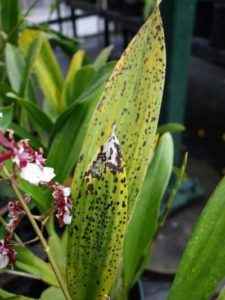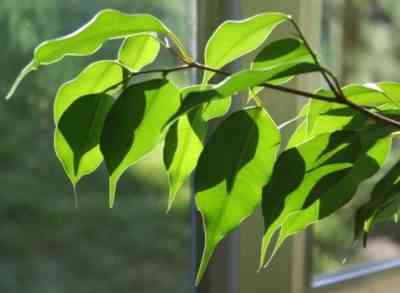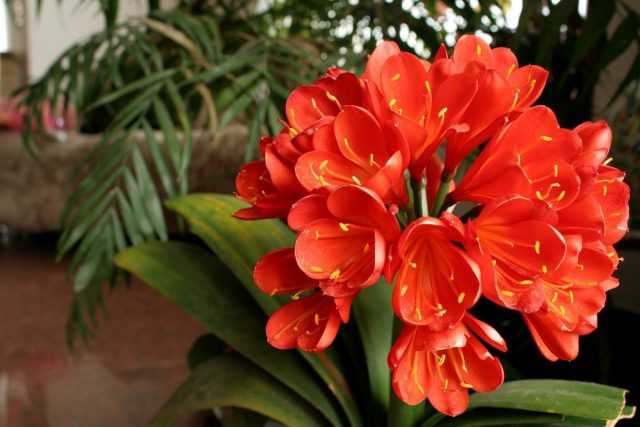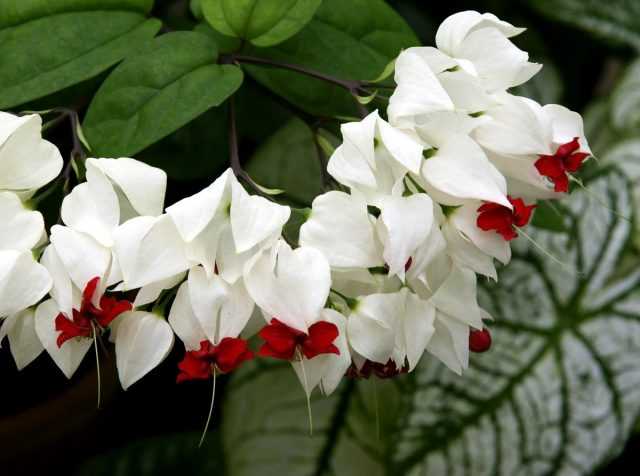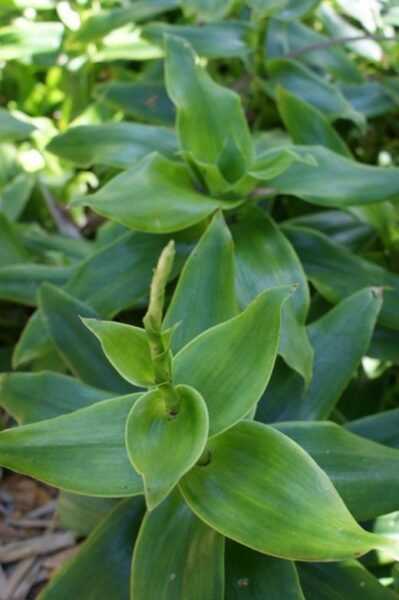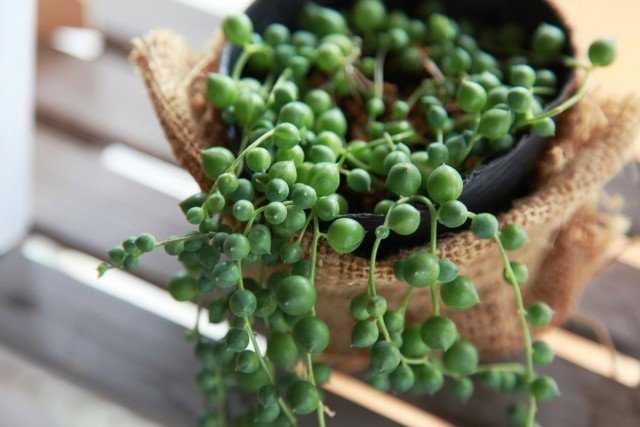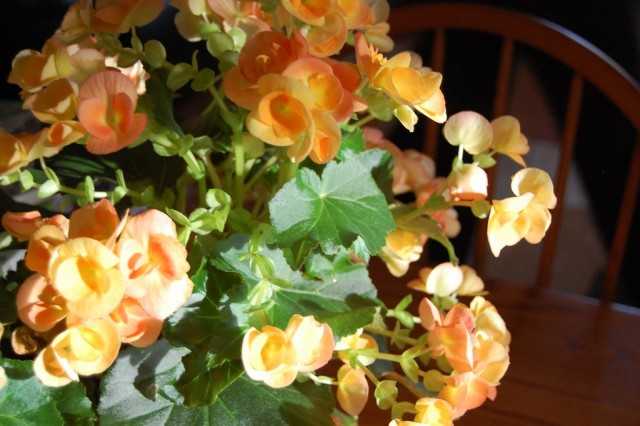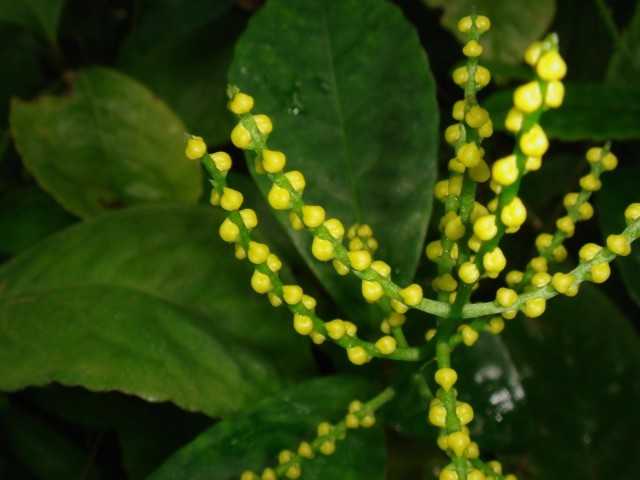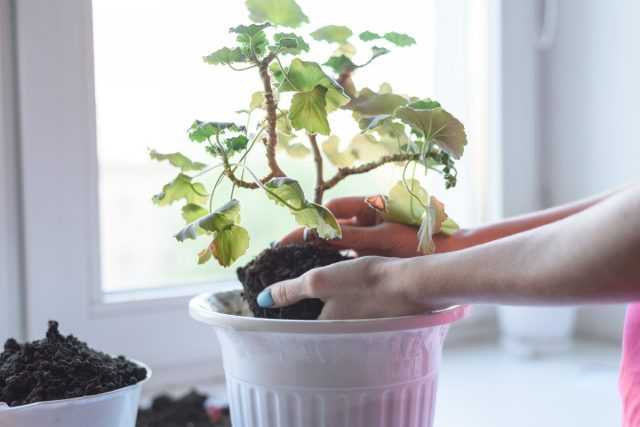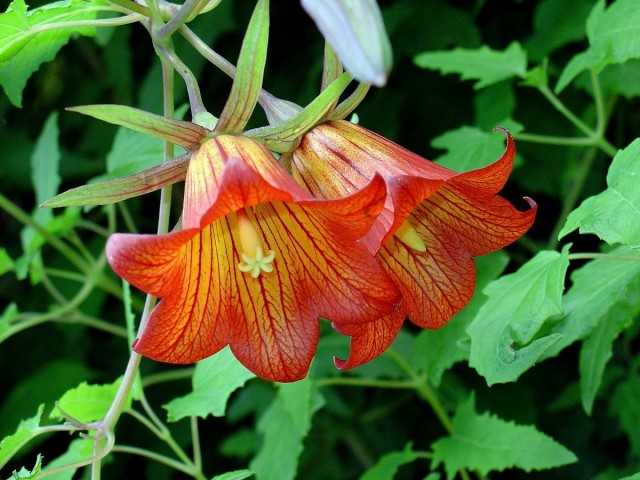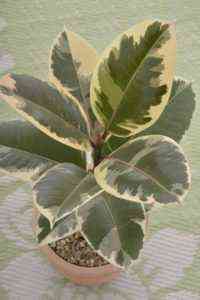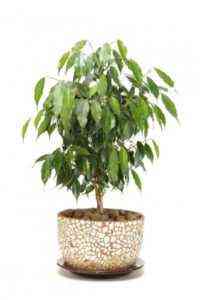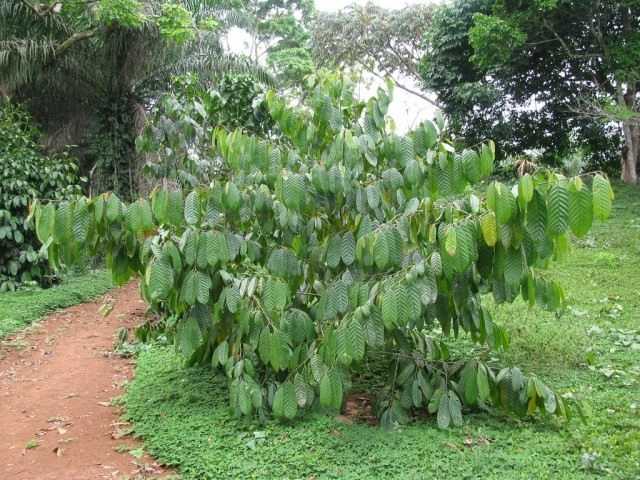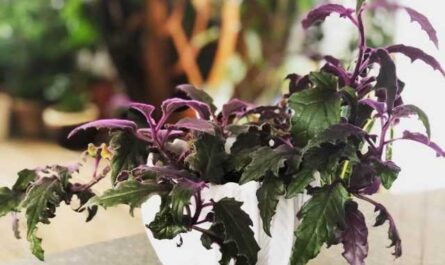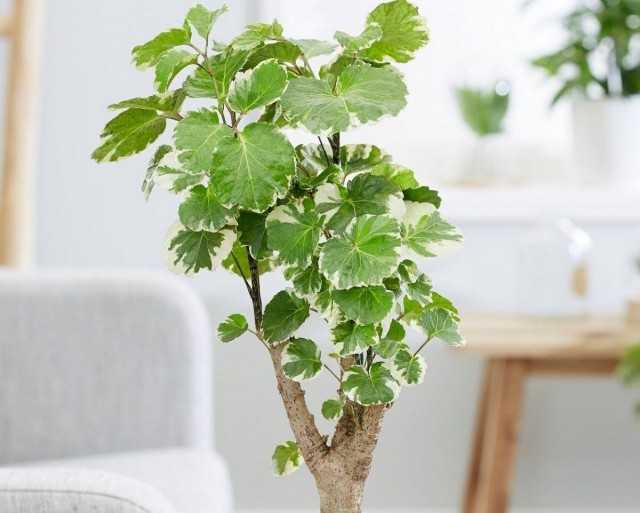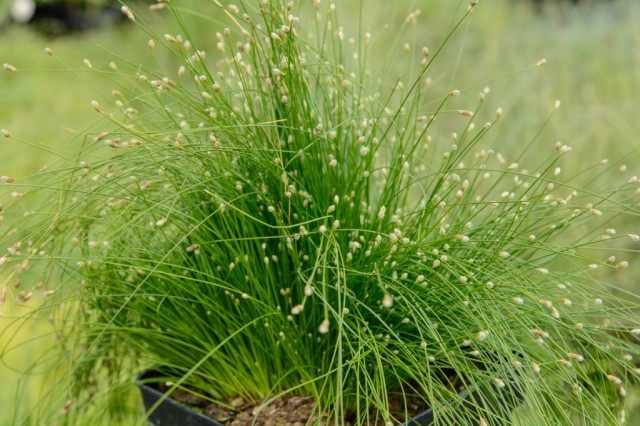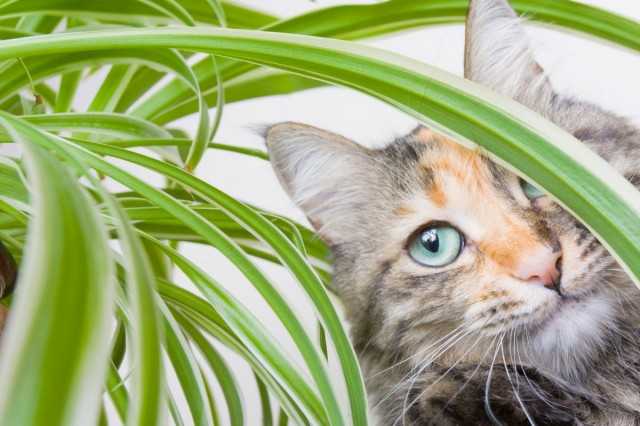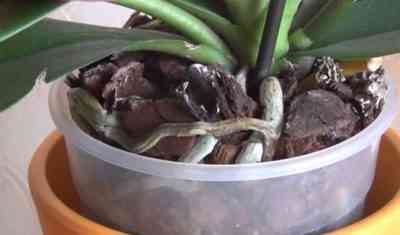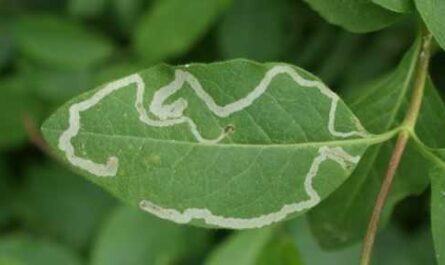Having tasted the original feijoa fruit, which is the champion in iodine content, do not rush to throw away its seeds. From them you can grow an original decoration for your home. And unpretentious care makes it more and more popular among fans of indoor floriculture.
Фейхоа. Farmer Burea-Uinsurance.com matt_hunter
Contents:
Description of feijoa
Feijoa leaves are leathery, elliptical, up to 8 cm in length. The upper surface of the leaf is slightly darkish green, the lower one is silvery-white. However, this plant is grown indoors for flowers. The feijoa bloom is truly incredible. The flowers are white-pink, with a lot of red stamens. The plant blooms 3-5 years after sowing. True, up to 85 percent of flowers are not yielded. But the flowers themselves are edible, their petals are slightly sweet in taste.

Feijoa cultivation
Feijoa is a cross-pollinated plant. To bloom, you need to have two copies that will bloom at the same time. Or plant self-pollinated varieties.
Feijoa is not very demanding on soils. In particular, it can be a mixture of turf, humus soil and sand. In the first 2-3 years, the plant is transplanted annually, without deepening and preserving the clod of earth in which they grew. Further – once every 3 years.
In winter, it is better to keep it in a cool, well-lit room with a temperature of 9-12 degrees. In summer, it is advisable to take it out to the balcony or garden. Feijoa is photophilous. Therefore, flowerpots are placed on the southern or southeastern windows. From a lack of light, the bush can stretch out strongly, especially in the autumn-winter period.
In hot weather, once a day, the plant is sprayed with water at room temperature. However, it easily transfers dry indoor air in winter.
Feijoa is watered abundantly in summer, moderately in winter. Overdrying can lead to shedding of leaves and the death of twigs. In spring and summer, the plant needs to be fed. This is especially necessary for him during flowering and fruit setting.
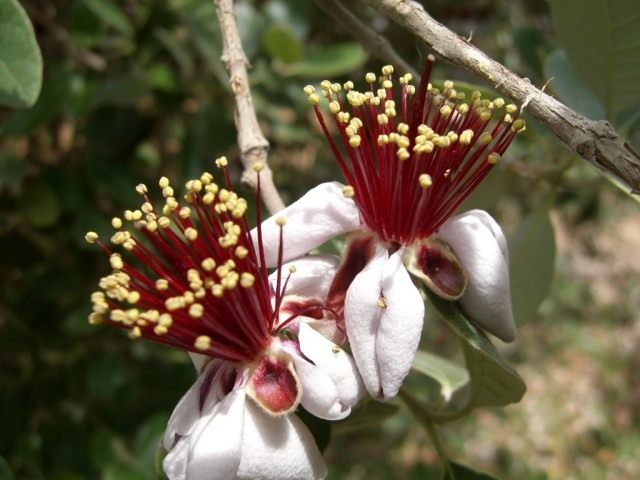
Feijoa is most often affected by scale insects, scale insects, gray rot and leaf spot.
The easiest way to reproduce is by seed. To obtain seeds, it is better to take the ripe fruit (but not overripe) with a yellowish skin. They put it to ripen and wait until it becomes soft. The pulp is cut with a knife and washed in a light solution of potassium permanganate to separate the seeds. Then they are dried for 5-6 days and sown.
Feijoa seeds are planted in January-March, without delay, and kept at a temperature of 15-20 degrees. Moisten with a spray bottle so that the water does not erode the soil. Crops are covered with glass and exposed to diffused light in a warm place. All this time they are regularly ventilated. The first shoots appear in 3-4 weeks. Young plants grow very quickly. It is desirable that there is space for the root system.
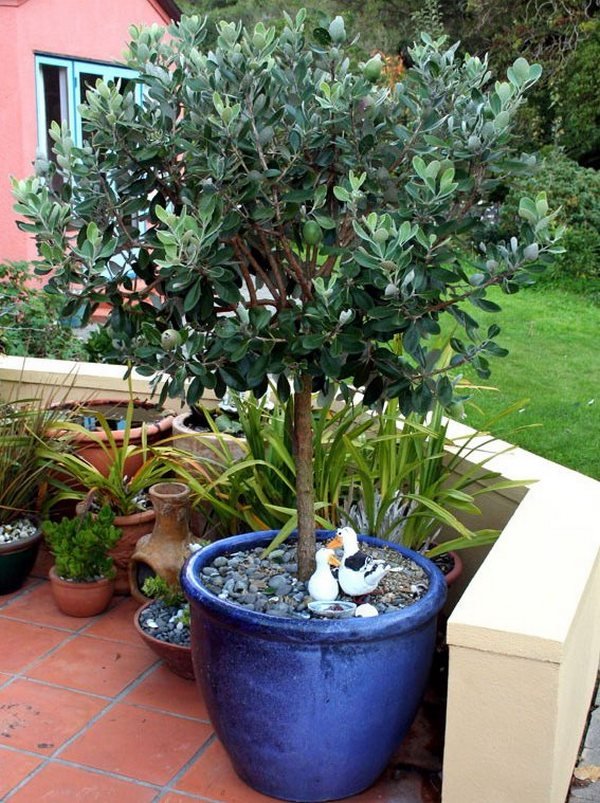
Reproduction and pruning of feijoa
Feijoa can be propagated not only by seeds, but also by cuttings. The best time for this is November-December. Shoots are cut into cuttings 8-10 cm long, leaving only the upper pair of leaves. Placed at a slight slope, deepening by 2/3. It is advisable to cover the plantings with a glass jar. They are ventilated from time to time. For rooting, you can prepare a substrate from leaf humus and river sand in a ratio (1: 1). This method of propagation is more difficult than seed, but the properties of the mother plant are better preserved.
In order for the bushes to acquire an attractive shape, when they reach a height of 25-30 cm, they are cut off by 1/3. In the future, you do not need to trim the plants. Feijoa quickly forms root shoots that must be removed constantly. When transplanted, it can be separated from the mother plant and thus propagated.

